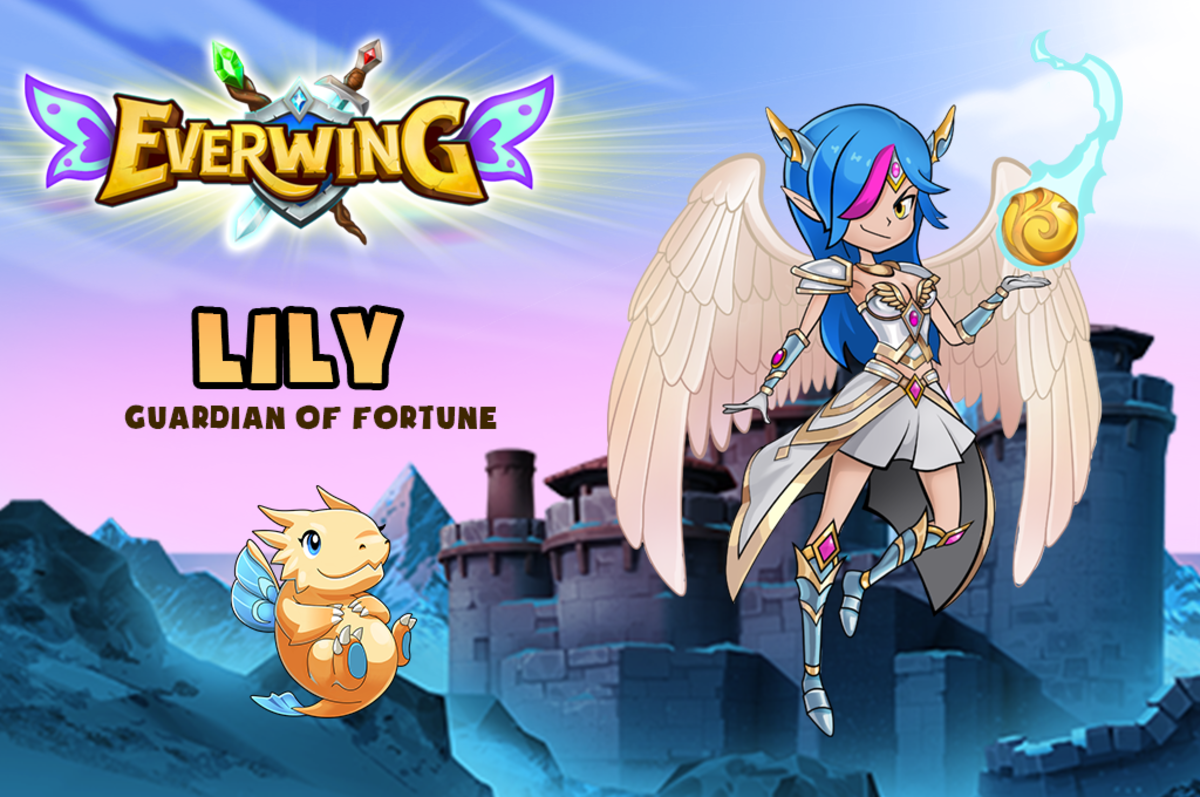Apple on Wednesday unveiled a new entry-level iPhone, the XR, in a wider variety of colors, including white, black, red, blue and yellow. It has an aluminum body, unlike the glass that other models are composed of. It will be available in October.
■ Apple also showed the iPhone XS, a sped-up version of last year’s $999 iPhone X, in two screen sizes: 5.8 inches and 6.5 inches.Photo
Guests at the Apple Special Event check out the new iPhones after the event on Wednesday. CreditJim Wilson/The New York Times
■ The version with the larger screen, the iPhone XS Max, is Apple’s biggest iPhone ever. Both XS models release on Sept. 21.
■ The new iPhones are priced at $750, $1,000 and $1,100, higher than last year across the board.
■ The company introduced a fourth-generation Apple Watch with a larger screen that is more of a health-related device.Photo
Tim Cook, chief executive, closes out the end of the Apple Special Event on Wednesday. CreditJim Wilson/The New York Times
■ Apple said that iOS 12, its next mobile operating system, which includes the Screen Time feature for limiting how long people spend on their phones, would become available on Sept. 17.
Larger, faster and pricier phones. Where have we heard that before?
Once again, Apple has made its phones a bit larger and faster, and is charging more for them. The company said the new phones would start at $750, $1,000 and $1,100. The starting prices last year were $700, $800 and $1,000.Photo
Tim Cook, chief executive, talks about the new OS release for Macbook on Wednesday. CreditJim Wilson/The New York Times
It’s a tried-and-true strategy for the company to milk a product line that has saturated the market; Apple said Wednesday it has shipped nearly 2 billion iPhones and iPads.Continue reading the main story
To boost growth, Apple has raised prices. Unit sales of the iPhone were about flat in the latest quarter compared with a year earlier, but iPhone revenue rose 20 percent, to $29.9 billion. Something else that rose 20 percent? The average selling price of the iPhone.Photo
Philip W. Schiller, senior vice president for marketing, shows off the iPhone Xs, iPhone Xs Max and iPhone XR on Wednesday. CreditJim Wilson/The New York Times
By going bigger and pricier, Apple isn’t just trying to boost growth with prices, but also by getting its customers to use their devices even more. Research shows consumers with larger smartphones use the devices more, particularly to do things like watch movies and play games.
That’s good for Apple. A central part of the company’s growth strategy is by getting existing iPhone owners to pay for more services on their phones, like Netflix and HBO. For each subscription bought via its App Store, Apple takes a 30 percent cut for the first year and 15 percent for each subsequent year. That bet seems to be working: Apple services revenue rose 31 percent to $9.55 billion in the latest quarter.Photo
Philip W. Schiller, senior vice president for marketing, talks about the new camera on the iPhone XR on Wednesday.CreditJim Wilson/The New York Times
— Jack Nicas
More colors for the entry-level iPhone.
Apple introduced the iPhone XR, an entry-level model with a 6.1-inch screen. The device, which that comes in a wider variety of colors, including white, black, red, blue and yellow, is priced at $749 and just as fast as the XS models shown earlier in its event. It also has a slightly larger screen than the 5.8-inch iPhone XS.
Here are the XR’s main features: It has a single-lens camera, unlike the XS models, which have dual-lens camera systems. It also uses LCD, a less expensive screen technology than the OLED used for the XS, and is made of aluminum, unlike the glass that the premium phones are composed of.Photo
Philip W. Schiller, senior vice president for marketing, talks about the new iPhone XR while comparing it to the screen size of the iPhone 8 Plus on Wednesday. CreditJim Wilson/The New York Times
— Brian X. Chen
iPhone XS? How do I pronounce that?
The iPhone is old enough now that figuring out what to call the new versions each year has become tricky. Last year, on the device’s 10th anniversary, Apple skipped the iPhone 9 and went straight to the iPhone X. (But they pronounced it ten not “X.”)
This year, that X created an awkward situation for Apple. The company has typically appended an “S” to the name of the second iteration of each generation of phones, like the iPhone 5S, 6S, and so on.Photo

























 Source: Pexels
Source: Pexels Source: Prevention Aus
Source: Prevention Aus Source: BembuADVERTISEMENT
Source: BembuADVERTISEMENT Source: My Health By Nature
Source: My Health By Nature Source: Styl EnrichADVERTISEMENT
Source: Styl EnrichADVERTISEMENT










